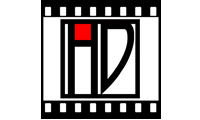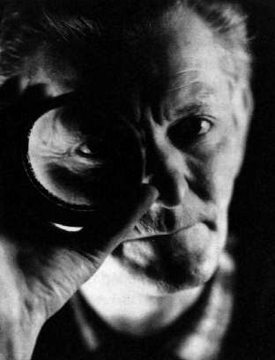Product Description
Edmund Kesting “Gears with hand” Photogram / Solarization c.1929


EDMUND KESTING (1882-1970) Germany
Gears with hand c.1929
Photogram / Solarization
Signed: Edmund Kesting 3644-280 (in pencil)
Provenance: Private Collection New York; Gene Prakapas Gallery New York 1970’s
Photogram: H: 7 9/16” x W: 6 15/16”
Frame: H: 15 9/16” x W: 14 15/16”
Price: $19,500
During the 1920s, Kesting was at the center of the avant-garde movement in Germany, where he befriended Kurt Schwitters and Laszlo Moholy-Nagy. He first trained as a painter at the Akademie der Kunst in Dresden from 1911 to 1916. In the early 1920s, after service in World War I, he turned to collage and photography. An exhibitor at Herwarth Walden's Der Sturm gallery (Berlin), which supported German expressionism and the Blue Rider group, Kesting also operated several private art schools. The last, Der Weg (The Way), was closed by the Nazis in 1933. Kesting’s interest in the photographic portrait began in 1930, and often resulted in bold experimentation (Photomontages, superimpositions and solarizations) that provided some of the strongest examples of German expressionist portraiture in photography. In contrast to the objective naturalism of August Sander, his work is informed by the “Sturm und Drang” of the period – the storm and stress of the political, economic, and social unrest in Germany. After the war in 1948, Kesting taught at the Kunsthochschule in Berlin-Weissensee. – (partially excerpted from James Borcoman, Magicians of Light, National Gallery of Canada, 1993)
Works by Edmund Kesting can be found in the collections of the Museum of Modern Art in New York and the Los Angeles County Museum of Art.
Solarization — is a phenomenon in photography in which the image recorded on a negative or on a photographic print is wholly or partially reversed in tone. Dark areas appear light or light areas appear dark. The term is synonymous with the Sabattier effect when referring to negatives, but is technically incorrect when used to refer to prints. In short, the mechanism is due to halogen ions released within the halide grain by exposure diffusing to the grain surface in amounts sufficient to destroy the latent image.
Edmund Kesting “Gears with hand” Photogram / Solarization c.1929
DONALD DESKEY (1894-1989) USA
Barrels c.1925-30
Silver gelatin print, ebonized textured wood frame
Provenance: The Estate of Donald Deskey
H: 9 7/8” x W: 7 15/16”
Framed: H: 22” x W: 18”
Price: $4,200
Donald Deskey was a native of Blue Earth, Minnesota. He studied architecture at the University of California, but did not follow that profession, becoming instead an artist and a pioneer in the field of Industrial design. In Paris he attended the 1925 Exposition Internationale des Arts Décoratifs et Industriels Modernes, which influenced his approach to design. He established a design consulting firm in New York City, and later the firm of Deskey-Vollmer (in partnership with Phillip Vollmer) which specialized in furniture and textile design. His designs in this era progressed from Art Deco to Streamline Moderne.
He first gained note as a designer when he created window displays for the Franklin Simon Department Store in Manhattan in 1926. In the 1930's, he won the competition to design the interiors for Radio City Music Hall. In the 1940's he started the graphic design firm Donald Deskey Associates and made some of the most recognizable icons of the day. He designed the Crest toothpaste packaging, as well as the Tide bullseye. His company is still in operation in Cincinnati. A collection of his work is held by the Cooper-Hewitt, National Design Museum. He is regarded the American pioneer of industrial design, and contemporary American graphic design.
GRANT MUDFORD (1944- ) Australia
Containers 1979
Gelatin silver print
Signed and dated on back
Framed size: H: 26 ½” x W: 30 ¾”
“Since he moved to Los Angeles from Australia in the late 1970s, Grant Mudford has composed photographs that crisply examine the streamlined geometries of West Coast architecture and landscape. Mudford has zeroed in on the abstract formal relationships lurking within the designs of gas stations, strip malls and apartment buildings. The geometrical arrangements highlighted in his photographs of the masterful modernist structures of Rudolf Schindler and Craig Ellwood have disclosed a link between their midcentury architecture and the contemporaneous hard-edge abstractions of L.A. painters John McLaughlin and Lorser Feitelson.” – Art in America, “Grand Mudford at Rosamund Felsen, September 2003
